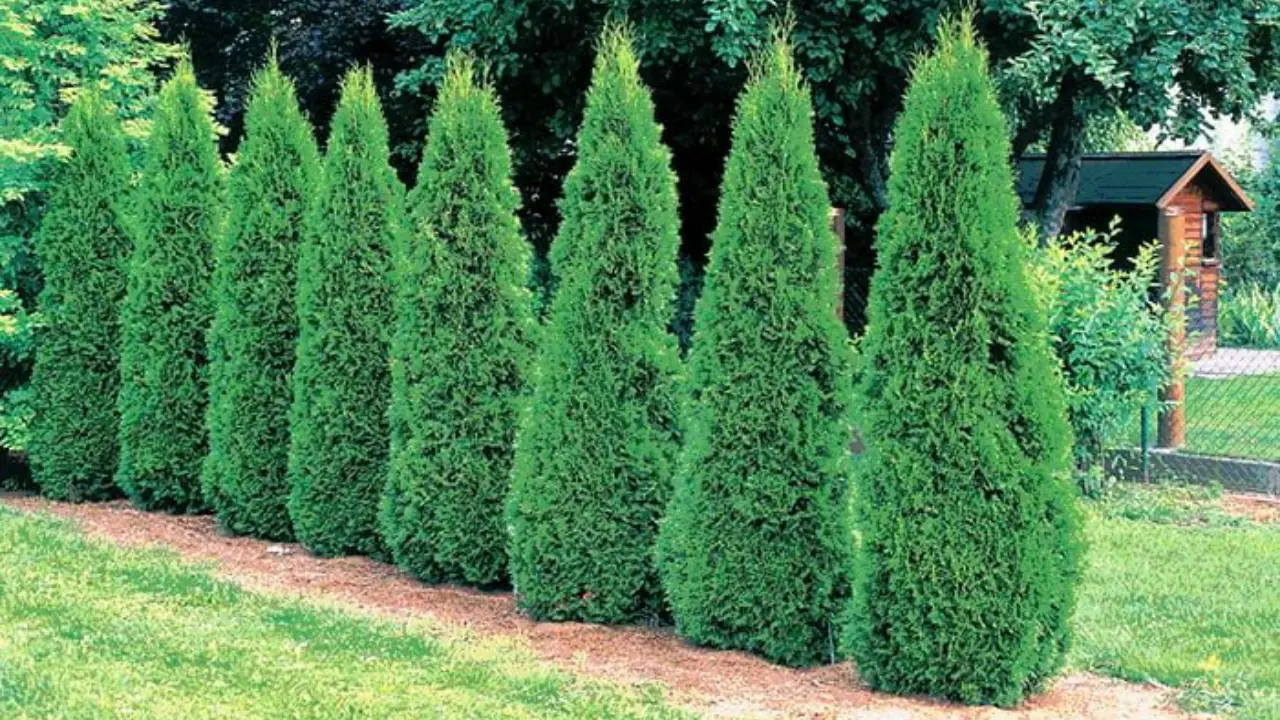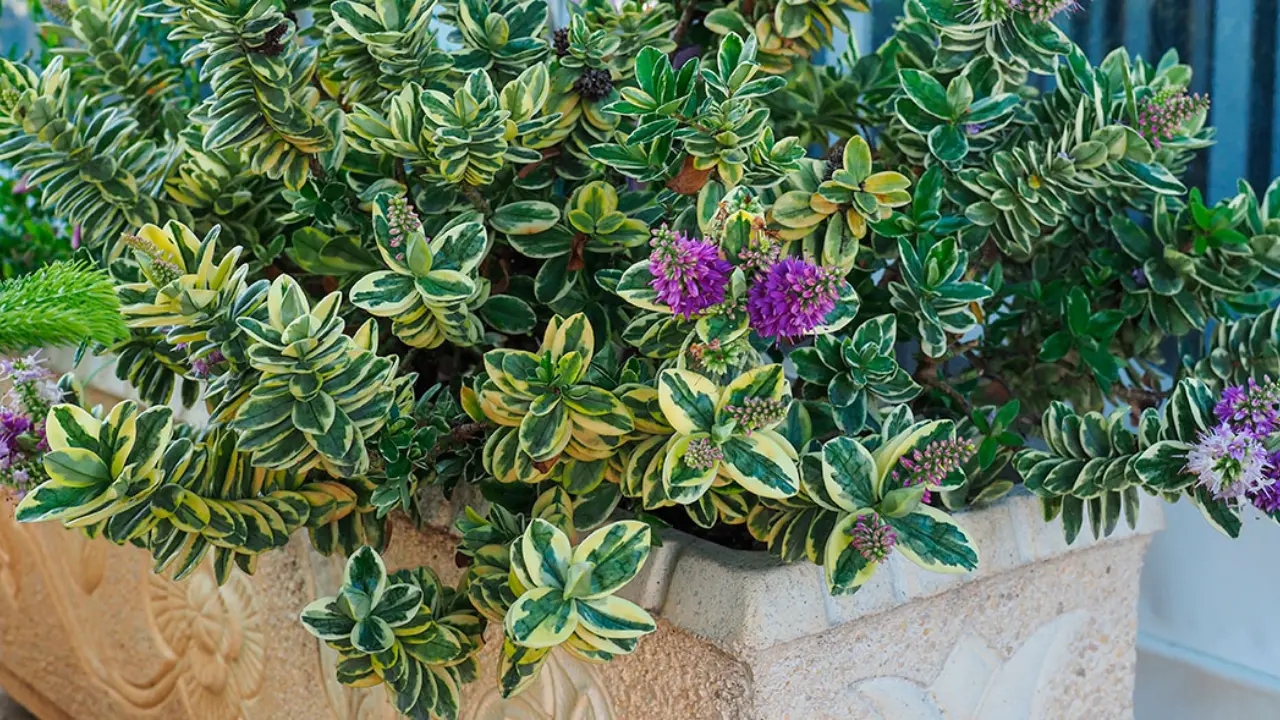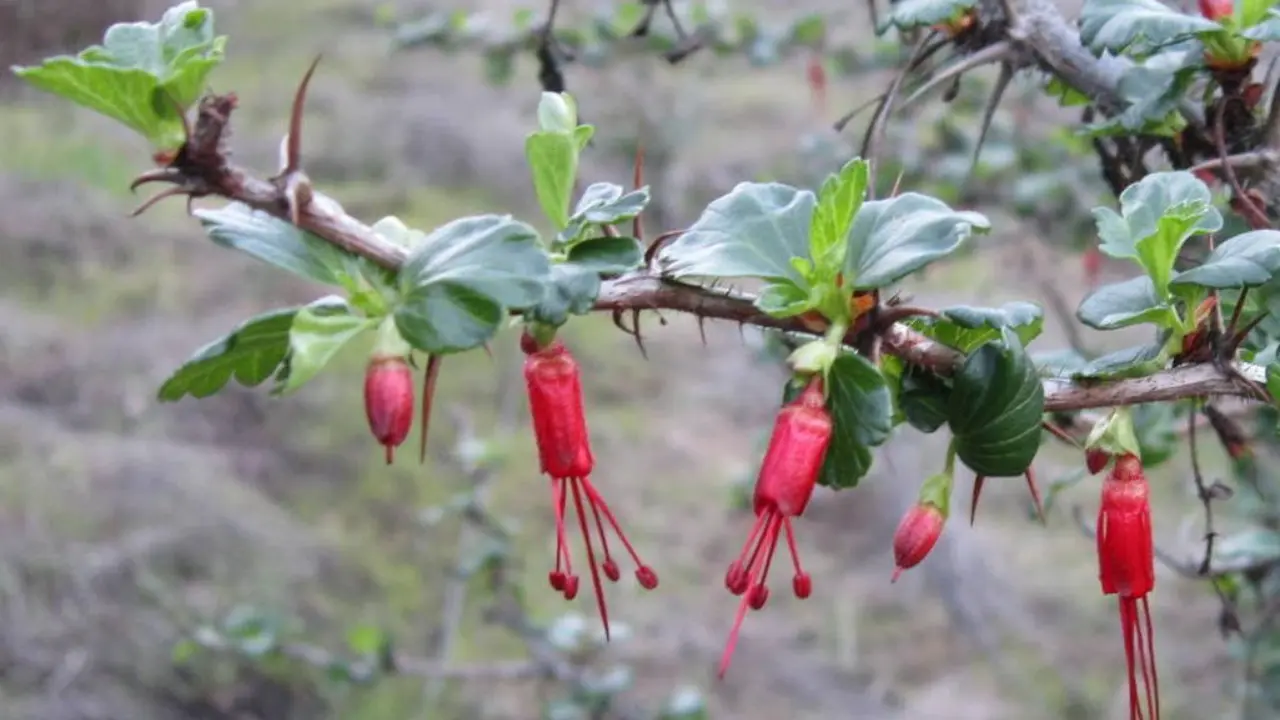Arborvitae is a well-known evergreen shrub that enhances the beauty and privacy of any landscape. It is no surprise that many homeowners choose to plant and grow arborvitae in their gardens, with its dense foliage and graceful growth habit. In this article, we will include How to Plant and Grow Arborvitae and choose the best location to give it the right upkeep.
The versatile evergreen shrub known as arborvitae, or Thuja in botanical terms, is a member of the cypress family. It is well known for its sophisticated pyramid shape and lush green foliage, which makes it a superb option for screens, hedges, or as a single specimen in your garden. You can take advantage of arborvitae’s beauty and advantages in your outdoor space by using the proper planting and maintenance methods.
Selecting the Best Arborvitae
Arborvitae are different kinds of trees. There are different kinds of trees. For example, some trees are short and fat, while others are tall and thin. Also, some trees have green leaves, but others have yellow or blue leaves. Moreover, some trees need a lot of water and care, whereas others can live in cold or dry places.
Take into account the following factors when selecting the ideal arborvitae for your garden:
- The dimensions and configuration of the space you have. Depending on the variety, arborvitae can reach heights of 3 to 200 feet. Make sure you have space for the tree’s mature height and width before you plant it.
- The local soil and climate conditions. Arborvitae can tolerate a variety of conditions, but they thrive in sunny, humid, and alkaline environments. Pick a variety that will grow well in your region and in your soil.
- what your landscaping is for and how it looks. Arborvitae can be used as specimens, accents, screens, windbreaks, or hedges. Depending on how you prune them, they can also produce a formal or informal look. Choose a variety that matches your design goals and preferences.
Planting Arborvitae
Arborvitae is best planted in early spring or late fall, when the weather is mild and the soil is workable. Planting should be avoided in the summer and winter when temperatures are too high or too low for the tree to thrive.
Follow these steps to plant arborvitae:
- Choose a location that receives 6 to 8 hours of direct sunlight daily. If your area has hot summers, give your tree some afternoon shade. Planting near structures or other plants that may block light or compete for water and nutrients should be avoided.
- Prepare the soil by digging a hole that is 2 to 3 times the width and depth of your tree’s root ball. To improve drainage and fertility, loosen the soil at the bottom and sides of the hole and mix in some compost or organic matter.
- Remove the tree from its container or burlap wrapping and loosen some of the roots gently. Place the tree in the center of the hole, making sure the root ball’s top is level with the ground surface. Fill in the hole around the root ball with soil, lightly tamping it down with your hands or a shovel.
- Thoroughly water the tree to settle the soil and eliminate air pockets. To conserve moisture and prevent weeds, add a 2-inch layer of mulch around the base of the tree. To avoid rotting or pest problems, keep the mulch a few inches away from the trunk.
Caring for Arborvitae
Arborvitae are relatively easy to care for once they are established. Here are some tips on how to keep them healthy and happy:
- During the first year after planting, water your tree on a regular basis, especially during dry spells. Insert your finger 2 inches deep into the soil near the base of the tree to check the soil moisture. Water deeply until it runs out of the drainage hole if it feels dry. After the first year, only water when necessary, usually once a week in the summer and once a month in the winter.
- In the spring, fertilize your tree with a slow-release granular fertilizer designed for evergreens. Follow the label’s instructions for how much and how frequently to apply. Fertilize after midsummer to avoid stimulating new growth that will not harden off before winter.
Pest and Disease Protection for Arborvitae
Arborvitae is generally pest and disease resistant. Spider mites, bagworms, and aphids can occasionally infest it. Inspect the plant on a regular basis for signs of infestation, such as webbing, holes in the foliage, or distorted growth. If an infestation is discovered, treat the affected areas as soon as possible with appropriate organic or chemical insecticides. Additionally, ensure good air circulation around the shrub to prevent fungal diseases.
Winter Care
Arborvitae thrives in cold climates and can withstand freezing temperatures. Young plants, on the other hand, are more vulnerable to winter damage. Water the shrub thoroughly before the ground freezes, and apply a layer of mulch around the base to insulate the roots during the winter. If you expect extreme cold or strong winds, wrap burlap around the shrub.
Troubleshooting Typical Problems
- Browning Foliage: Arborvitae foliage browning can indicate drought stress, insufficient watering, or pest infestation. Maintain proper watering and address any pest problems as soon as possible.
- Yellowing Foliage: Yellowing foliage may indicate a nutrient deficiency, a pH imbalance in the soil, or poor drainage. Test the soil and make necessary adjustments, or seek professional assistance.
- Deer Damage: Deer enjoy the taste of arborvitae. Install a deer fence or use deer repellents to protect your plants.
Arborvitae presence
Arborvitae are lovely and versatile trees that can complement any garden. All year long, they can provide privacy, shade, shelter, and interest. They can also entice birds and other wildlife to visit your yard. Arborvitae can be enjoyed for many years if planted and cared for properly.
Conclusion
You can successfully plant and grow arborvitae in your garden if you follow the guidelines outlined in this article. Remember to select the appropriate variety, provide adequate sunlight and well-drained soil, and follow proper watering and maintenance practices. Arborvitae, with its elegant form and lush foliage, will enhance the beauty of your landscape while also providing privacy and a touch of natural charm.
FAQs About How to Plant and Grow Arborvitae
Q1: How tall are arborvitae trees?
The height of arborvitae trees varies depending on the variety. Some species can reach heights of 60 feet, while others are more compact, reaching only 3 to 5 feet.
Q2: Is it possible to grow arborvitae in containers?
You can grow some dwarf arborvitae varieties in pots. Make sure you water and fertilize them on a regular basis and that the container has proper drainage.
Q3: When is the best time to plant arborvitae?
Arborvitae is best planted in early spring or late fall, when the weather is cool and the plants are less stressed.
Q4: How quickly do arborvitae trees mature?
Arborvitae tree growth rates vary depending on species and growing conditions. On average, they can grow anywhere from 6 to 12 inches per year.
Q5: How frequently should I prune my arborvitae?
Arborvitae should be pruned once a year in the early spring before new growth begins. To keep the desired shape, trim the tips of new growth and remove any dead or damaged branches.



